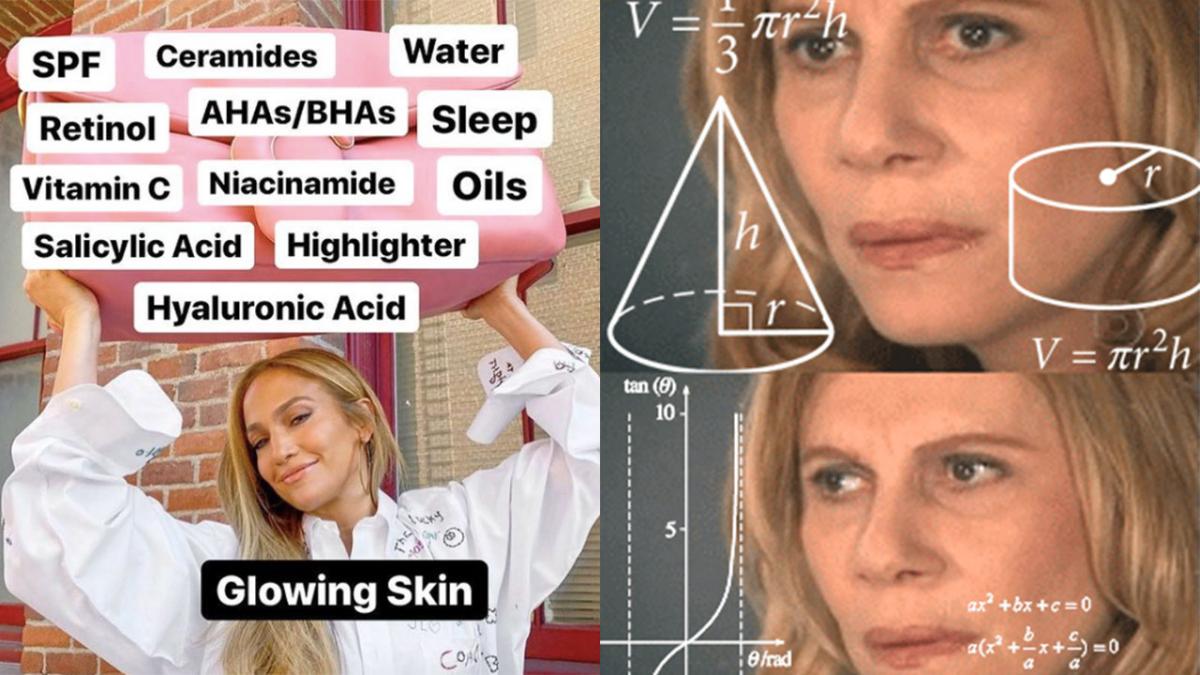
Sure over the last 12 months we’ve all become obsessed with skincare, but that doesn’t mean that we understand half the shit we’re putting on our mugs sometimes. Product labels can be confusing as fuck, especially when they’re filled with fancy skincare ingredients like Hyaluronic Acid, Ceramides, Retinol, Squalane and Niacinamide — which, quite frankly, all sound like they might burn your face off.
Knowing what’s in your skincare products (and how they work) is the easiest way to make sure you’re getting the most out of your skincare routine; and makes it a helluva lot easier to shop cult-brands like The Ordinary without second-guessing yourself.
Ahead, we unpack all the ~fancy~ skincare ingredients so you can make your glowing skin dreams a reality.

Let’s start with the acids, which are far less face-melty than they sound. When it comes to the acids in skincare formulas, you have a range of Alpha Hydroxy Acids (AHAs), Beta Hydroxy Acids (BHAs) and Polyhydroxy Acids (PHAs).
AHAs: AHAs are chemical exfoliators like Glycolic Acid and Lactic Acid and you can find them in the formulations of serums, creams, cleansers and toners.
BHAs: BHAs are designed for those who have oilier skin and struggle with acne. You usually find them in exfoliators, toners and cleansers.
PHAs: PHAs are like AHAs but for sensitive skin. They both work by breaking down the ‘glue’ that binds dull, dead cells to the surface of the skin. However, PHAs have a different molecular structure that makes them larger so they can’t penetrate as deeply into the epidermis, and therefore are gentler on the skin.
Hyaluronic Acid
Hyaluronic Acid is a super popular humectant for all skin types because it has the power to retain over a thousand times its weight in water within the skin’s cells. Meaning if your skin is dry AF, it should be your best friend.
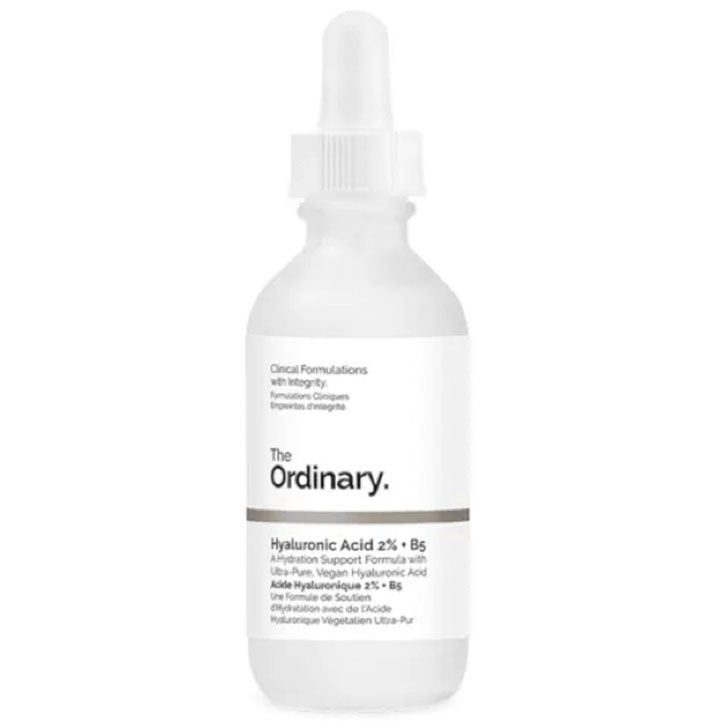
Our pick: The Ordinary Hyaluronic Acid 2% + B5, $23.10
Salicylic Acid
Salicylic Acid If you suffer from hormonal or adult acne, you’ve probably already heard of Salicylic Acid. Typically derived from the bark of the willow tree, salicylic is the only beta-hydroxy acid (BHA) that can cleanse and clear the deepest of bacterial build-ups. This is because unlike water-soluble AHAs (surface level cleansers), salicylic acid is an oil-soluble exfoliator, so it can penetrate the skin easier and exfoliate the sebum-filled pores that typically turn into blackheads, whiteheads, or pimples.
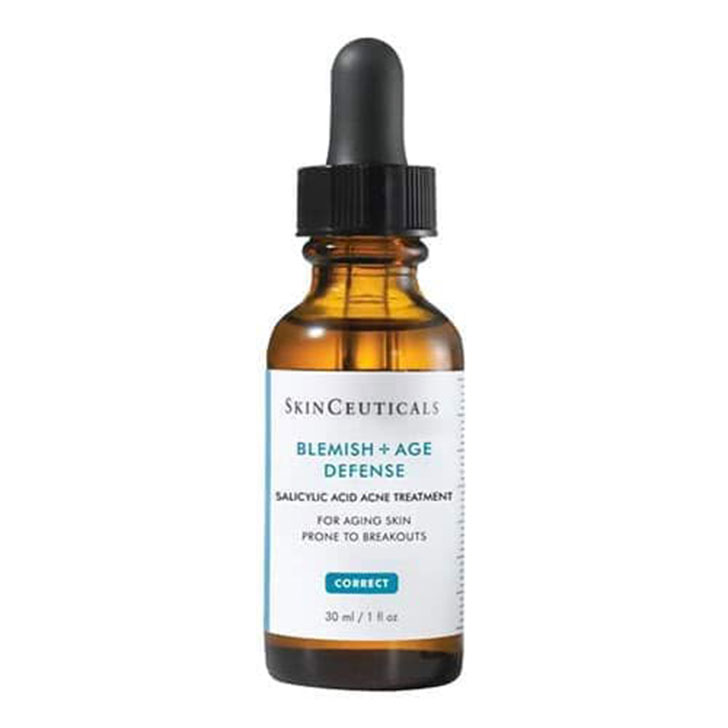
Our pick: SkinCeuticals Blemish + Age Defense Serum, $119
Glycolic Acid
Glycolic Acid is an AHA. Think of it as the real glow-getter in the skincare world and an excellent for anti-ageing It does a whole host of good stuff like exfoliating the skin, refining pores, minimising acne, fading discolouration and resurface your complexion. If you’re a rookie when it comes to using AHAs, the key is to start in small doses and for short periods, (think: alternating nights or every few days) so you don’t over-exfoliate and cause skin irritation or acne.
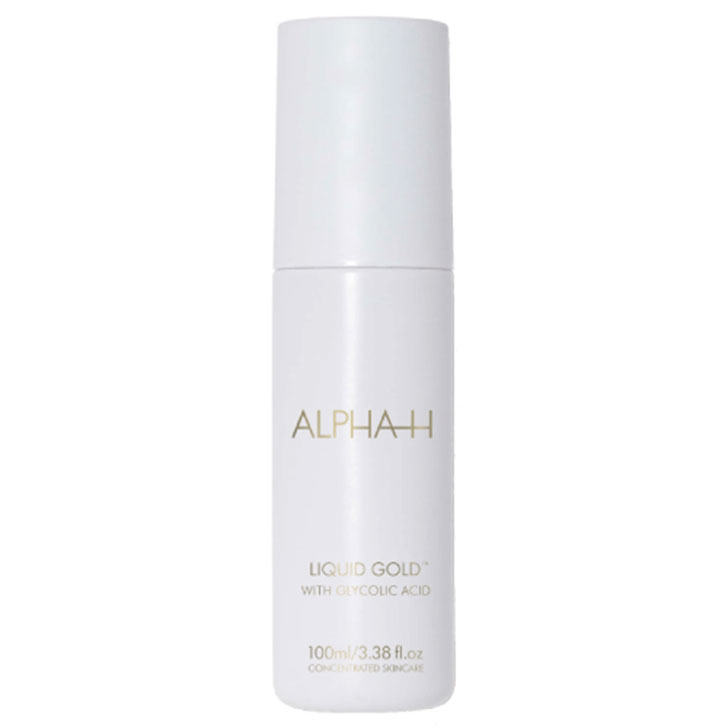
Our pick: Alpha-H Liquid Gold, usually $59.96, now $50.96
Benzoyl Peroxide
While the word ‘peroxide’ brings back memories of teenage attempts at sun-kissed highlights (yikes), Benzoyl Peroxide is actually an acne-fighting superhero. It’s an organic peroxide that acts as a nonspecific oxidising agent that releases oxygen on the skin to destroy bacteria. It’s also an anti-inflammatory and comedolytic, meaning that it works to open up pores while decreasing inflammation. Surprisingly, it does play nicely with other acne-fighting ingredients, such as your AHAs and BHAs and Retinol.
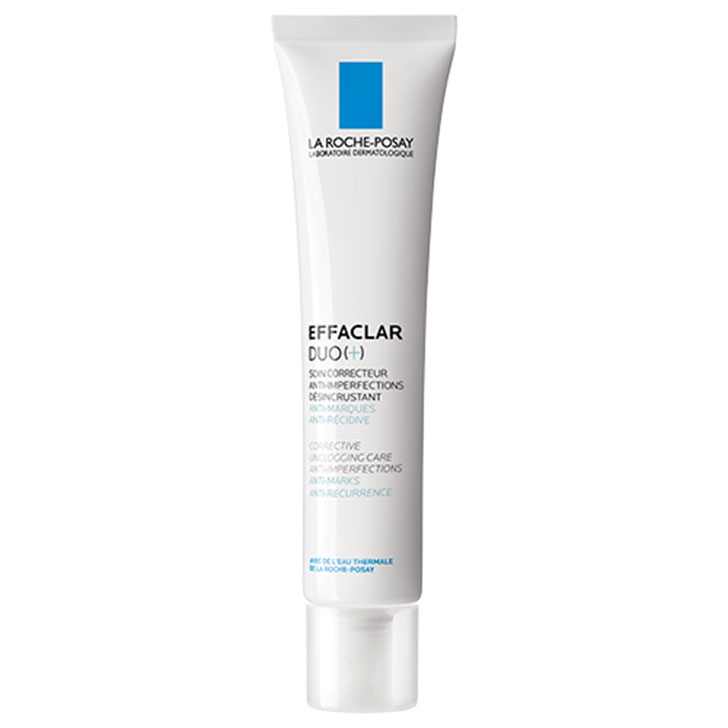
Our pick: La Roche-Posay Effaclar Duo (+) Acne Moisturiser, $31.95
Ceramides
Ceramides are the quiet overachievers in your skincare. Your skin naturally produces them, but sadly as we age our body’s production of them slows. So of course science has stepped in and created a version of ceramides that we can apply topically and still get the same effect. Like Avocados, Ceramides are a good type of fat; they bond together to protect the surface of the skin and lock in moisture. When your skin barrier doesn’t have enough fat, the hydration and moisture that keeps your face looking bouncy evaporates and can leave your skin looking tired and dull.
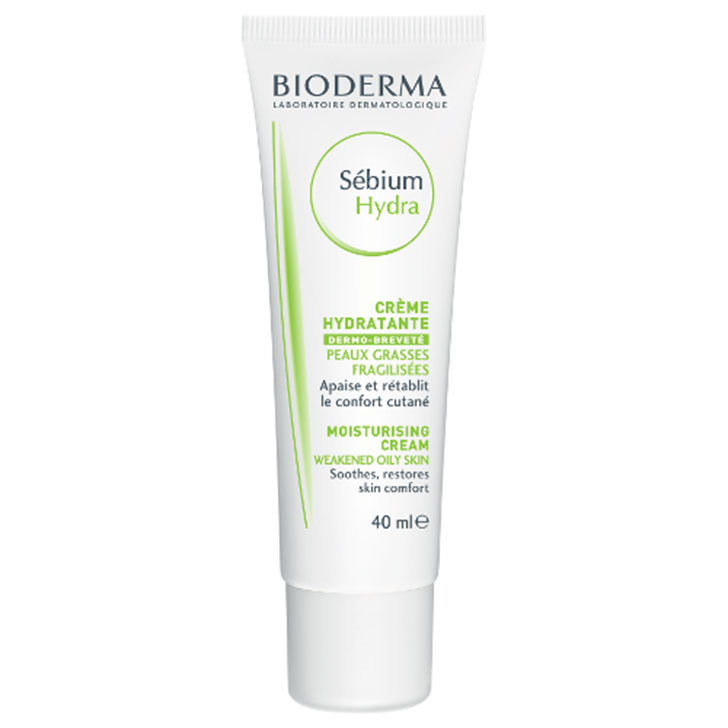
Our pick: Bioderma Sebium Hydra Moisturising Replenishing Care, $25.99
Niacinamide
Niacinamide aka vitamin B3 is an essential nutrient that helps to strengthen the skin barrier, protects it from environmental aggressors, regulates oil production (read: fewer breakouts) minimises hyperpigmentation and counteract dullness. It works by kickstarting the production of ceramides — the fats that protect skin and help it retain moisture — so your skin can enter a regeneration process that leaves it feeling hydrated, clear and bouncy. And who doesn’t want more of that?! It also plays nicely with everything else in your routine, like hyaluronic acid, retinol and Vitamin C. However, be cautious about using it too close to Vitamin C as it could potentially affect the integrity of the potency and stop it from working.
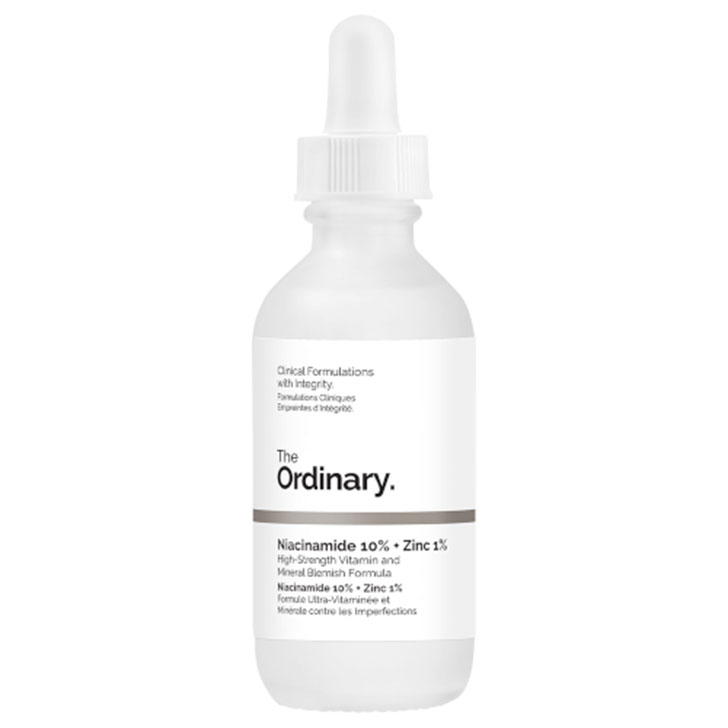
Our pick: The Ordinary Niacinamide 10% + Zinc 1%, $17.80
Retinol
Speaking of Retinol, this little bad boi is a potent derivative of vitamin A that has so many good skincare benefits — anti-ageing, acne, pigmentation and sun damage, to name a few. It works by signalling damaged skin cells to produce healthier cells faster, speeding up the cellular turnover and rejuvenation process. Retinol comes in two forms, an over-the-counter gentler formula and a stronger vitamin A derivative (retinoids) that is often prescribed by dermatologists to assist in the clearing of cystic breakouts. Incorporating retinol into your routine can be tricky because with increased cell turnover comes increased sensitivity to the sun, so they’re best applied during your PM routine after cleansing and before a targeting night cream.
Start slow and use it on alternating days and increase frequency depending on your tolerance levels. You also must wear a minimum (!!!) broad-spectrum SPF DAILY. Retinol doesn’t particularly play well with other buzzy actives like Vitamin C, benzoyl peroxide (BPO), AHAs and BHAs so be wary of layering these products one after the other as it could irritate the skin.
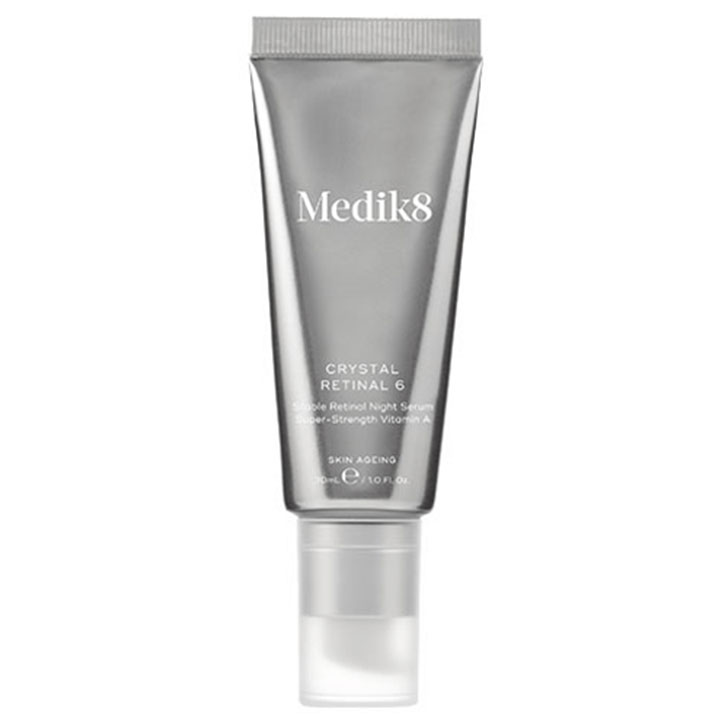
Our pick: Medik8 Crystal Retinal, $108
Vitamin C
Vitamin C is an antioxidant commonly found in skincare as L-ascorbic acid, that works to protect your skin from external free radicals like air pollution and sun damage as well as other premature agers. When formulated with the right amount of concentration, between ten and 20%, depending on your skin type, vitamin C is a safe and highly effective acid that reduces dullness, uneven skin tone, texture and acne scarring. After regular use, you’ll notice brighter, glowing skin. If you want to use vitamin C alongside AHAs or BHAs, retinol or benzoyl peroxide, apply Vitamin C in the morning and use the rest at night so you don’t irritate the skin.
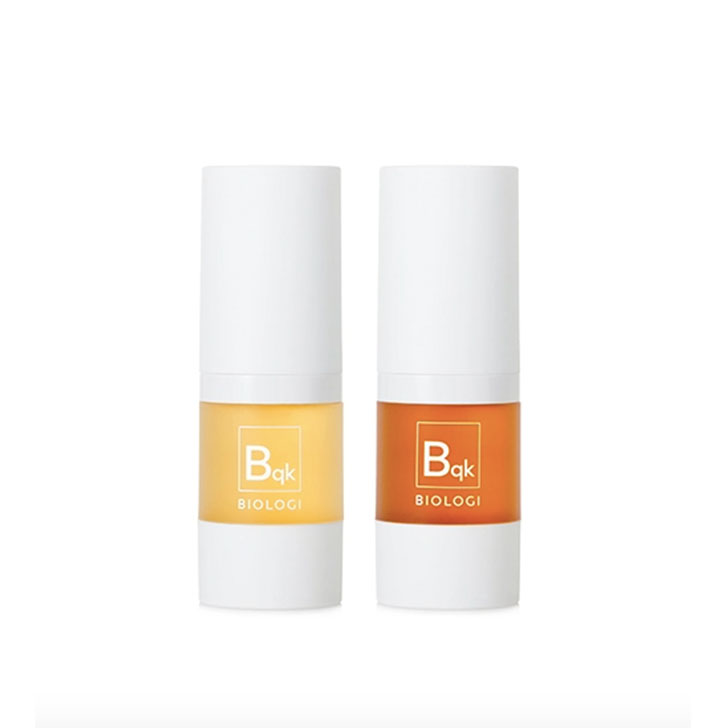
Our pick: Biologi Bqk Radiance Face Serum Set, $138



